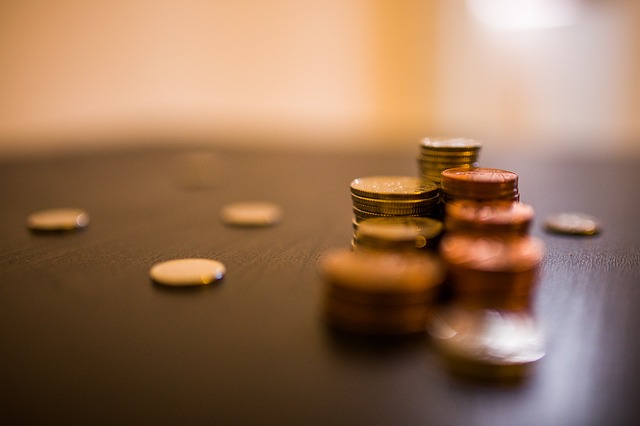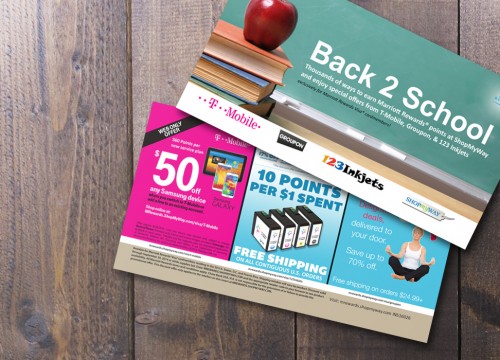
Is 1% Cash Back Enough for Anyone to Really Care?
I think we can all agree that 1% cash back only matters to people when they are about to make a large purchase; otherwise, it isn’t enough to change a behavior unless it is combined with something else.
We know from our surveys and program stats that cash is king. When customers have a choice, cash is the number one redemption option. It really doesn’t matter if that is because the other choices aren’t as appealing. For instance, I can remember my mom looking through a catalog to redeem green stamps. It seemed fun, there were actually things in the catalog for which it would have been worth saving. It was before my time, but it would appear that margins were better and the point conversion actually had more value. So now the real question becomes: have we diluted our reward budget to the point it is spread so thin over a large customer base that it no longer has value?
Perceived Value
DBG Loyalty is always going to answer yes to that question. If the customer doesn’t perceive a value, then there isn’t one. It’s no secret that most programs in the true point space work on the 20/80 rule or in some cases, 20/60/20. If we start to look at our budgets from the same point of view, more of our budget should be spent on the top 20%. Furthermore, combining your program with a merchant-funded rewards program should give you the budget to fund rewards for increasing use of your company’s products or services.
If you are revamping or starting a new program with or without card-linked offers, there has to be a bigger incentive than 1-2%.
When you begin to write your RFP, consider the three primary goals of your program:
- Is it customer loyalty?
- Is it customer spend?
- Is it keeping your top customers happy?
Can Your Technology Facilitate Your Goal?
Whatever your goal, the program and technology partners have to be able to provide a platform and marketing tools which facilitate your goal. Just because you build it doesn’t mean they will come. If they don’t think the value is worth their time in signing up and tracking then they won’t participate. If you are the business leader of the program, you could find yourself having some difficult conversations with your team.
Before you RFP task list:
- Set goals for the program.
- Set budget.
- Set staffing requirements and assign roles to staff.
- Make sure your RFP matches your goal.
- Evaluate the right technology partner based on deliverables and not exclusively price.
- Determine milestones, timeframes, and announcement periods.
- Consider holidays and vacations when assigning staff roles.
Good luck. For more information from DBG Loyalty and our consulting team, contact Kyle Tidwell at ktidwell@dbgloyalty.com.
DBG Loyalty is a leading innovator in loyalty and rewards marketing. DBG was founded in 2002 because the industry was looking for a trusted technology leader who could develop and establish consumer loyalty programs. DBG has customer relationships which span from the time of inception.
Linda Butcher
and loyalty solutions.
Contact:
lbutcher@dbgloyalty.com
469-706-3333
Latest posts by Linda Butcher (see all)
- Your Loyalty Program Should be Fun and Interactive - October 15, 2015
- Loyalty Program Best Practices - October 5, 2015
- Make Your Loyalty Program an Experience - September 24, 2015
 Merchant-Funded Malls Are Better Than EverJuly 29, 2015
Merchant-Funded Malls Are Better Than EverJuly 29, 2015 Customer Loyalty Programs for HealthcareAugust 6, 2015
Customer Loyalty Programs for HealthcareAugust 6, 2015
